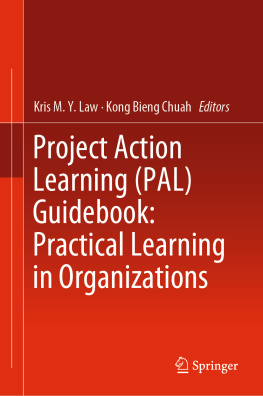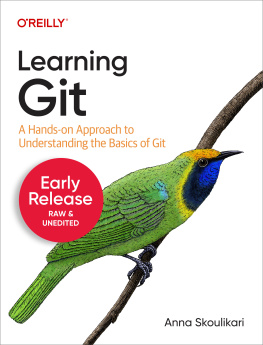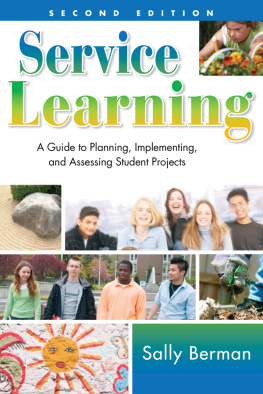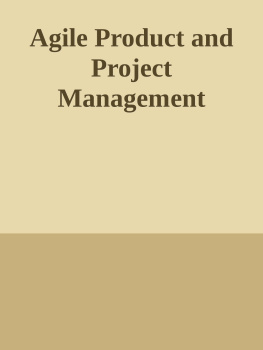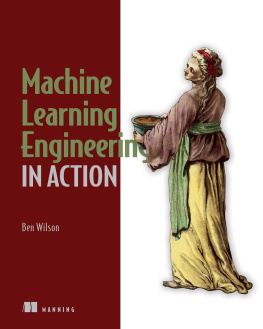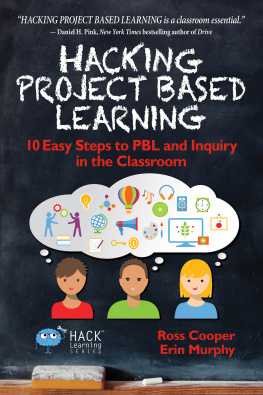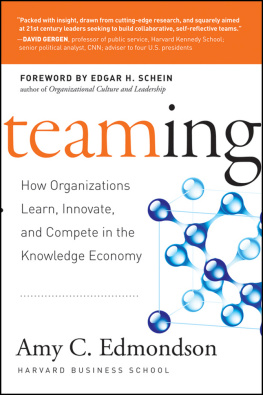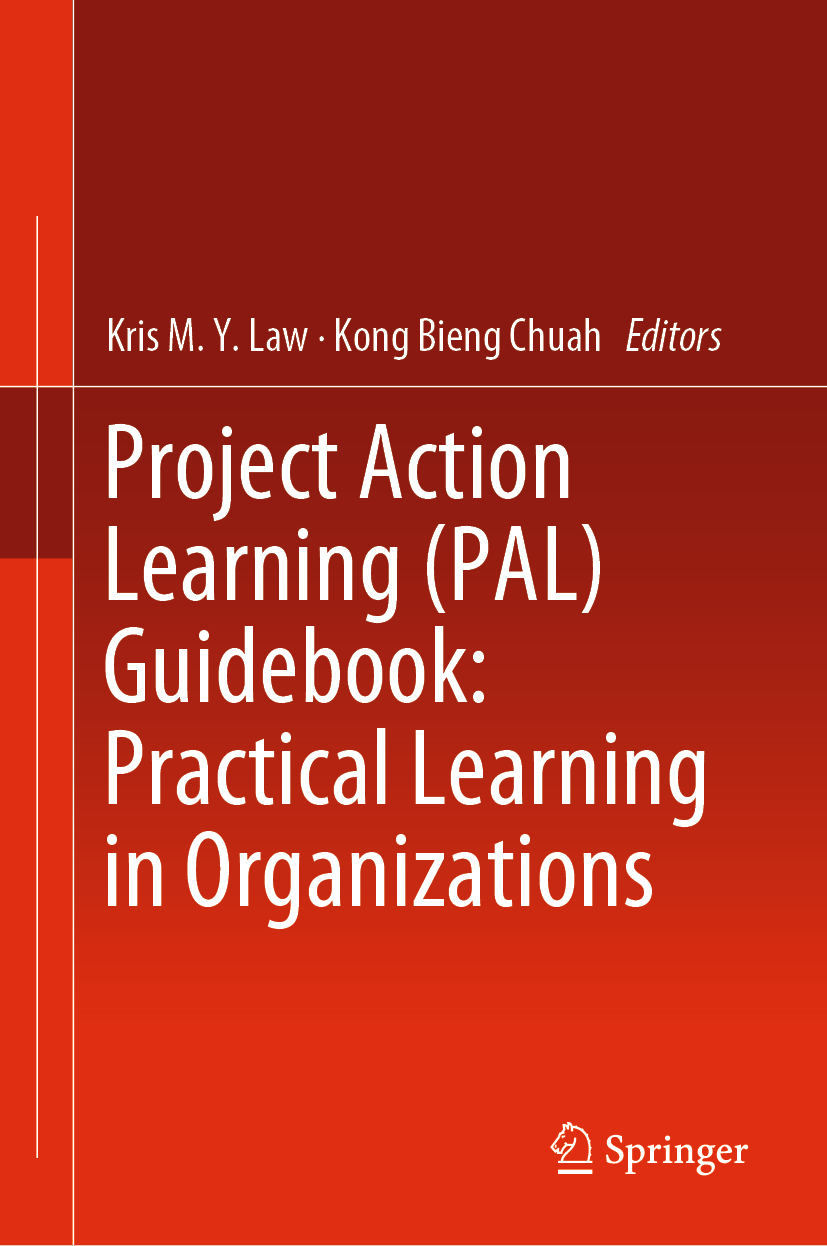Editors
Kris M. Y. Law
School of Engineering, Deakin University, Geelong, Australia
Kong Bieng Chuah
Department of Systems Engineering, City University of Hong Kong, Kowloon Tong, Hong Kong
ISBN 978-3-030-23996-1 e-ISBN 978-3-030-23997-8
https://doi.org/10.1007/978-3-030-23997-8
Springer Nature Switzerland AG 2020
This work is subject to copyright. All rights are reserved by the Publisher, whether the whole or part of the material is concerned, specifically the rights of translation, reprinting, reuse of illustrations, recitation, broadcasting, reproduction on microfilms or in any other physical way, and transmission or information storage and retrieval, electronic adaptation, computer software, or by similar or dissimilar methodology now known or hereafter developed.
The use of general descriptive names, registered names, trademarks, service marks, etc. in this publication does not imply, even in the absence of a specific statement, that such names are exempt from the relevant protective laws and regulations and therefore free for general use.
The publisher, the authors and the editors are safe to assume that the advice and information in this book are believed to be true and accurate at the date of publication. Neither the publisher nor the authors or the editors give a warranty, expressed or implied, with respect to the material contained herein or for any errors or omissions that may have been made. The publisher remains neutral with regard to jurisdictional claims in published maps and institutional affiliations.
This Springer imprint is published by the registered company Springer Nature Switzerland AG
The registered company address is: Gewerbestrasse 11, 6330 Cham, Switzerland
Preface
This book is about a tried and tested way of organizational learning which we called Project Action Learning or PAL since its inception in the early 2000s. It is the culmination of the learning the authors have collectively achieved through years of case-based action research of PAL implementation in real industrial environments.
The authors are most thankful to the collaborations and cooperations of the industrial enterprises and people who participated in this long-running longitudinal research that spanned over 16 years. This book may not be quite the step-by-step how to do it guidebook, but we hope it serves a useful reference for practitioners of organizational learning and development.
A well-run modern organization has in place operating systems that include staff training and development. This may fulfil the needs of single-loop learning that will help to maintain its existing operations. But it is often inadequate to help an organization today to remain competitive let alone to raise its capability to cope with changes in technology and environment. Hence, we have seen the birth of the concepts of organizational learning and learning organization over three decades ago. Much has since been written but proven cases of real implementation are still few and less than enlightening.
For a rational person, it is commonly known that improvement starts with the acknowledgement of a problem. Knowledge is gained, and learning is achieved through the process of analysing and solving it. The same could apply to an organization.
However, an organization is only superficially an organism by analogy. It is invariably made up of individuals with different aspirations and expectations driven by personal goals which may not be always aligned with the organizational goals.
Moreover, we also know that effective learning does not happen all the time, be it in an individual or an organization, especially the latter. The intrinsic or extrinsic motivations needed to overcome and sustain individual learning inertia are relatively easier to come by. There are many individual lifelong learners in any era and in every society. The same cannot be said of organizational learning and learning organizations.
To affect an organizations learning capability, particularly with regard to double-loop learning, we must re-mould an organizations long-standing, traditional, run-of-the-mill staff training and development practices.
We must find a way to instil action learning. Small groups of staff working on self-initiated meaningful projects are the basis of this action learning. This is the PAL way described in this book.
We must have a visible organizational learning strategy that will overcome organizational defensive mechanism of individual staff and who will, in turn, be persuaded to embrace the PAL way. Our experience suggests the PAL-driven organizational learning can be introduced and propagated in a wave-like manner.
To complement this PAL-driven organizational learning strategy, we must put in place performance measures and incentives that will motivate individuals to initiate and take up such action learning that would be aligned with organizational needs and goals.
We must have an overarching mechanism and resources in place that will provide facilitation and support to sustain the wave-like implementation of PAL-driven organizational learning.
Just as importantly, we must have an organizational management and information system that will support organizational learning knowledge accumulation, dissemination and re-use.
These are what we call the four pillars of PAL. The PAL story is essentially about the building up of these four PAL pillars.
We believe PAL is a proven vehicle that will take an organization down the path of organizational learning. The wave-like implementation over time will pave the way towards the ideals of a learning organization.
Kong Bieng Chuah
Kowloon Tong, Hong Kong
List of Figures
Fig. 1.1 The body of knowledge in OL
Fig. 1.2 Deutero learning
Fig. 2.1 The SECI knowledge creation process by Nonaka
Fig. 2.2 Knowledge creation system architecture
Fig. 2.3 Knowledge recommender system architecture
Fig. 3.1 The DELO organizational learning process
Fig. 3.2 Levels of learning and influencing factors
Fig. 3.3 The synergy of collective learning in organization
Fig. 4.1 The process of organizational learning and corresponding influencers (Law and Chuah 2015)
Fig. 4.2 Theoretical model for the study of organizational learning

